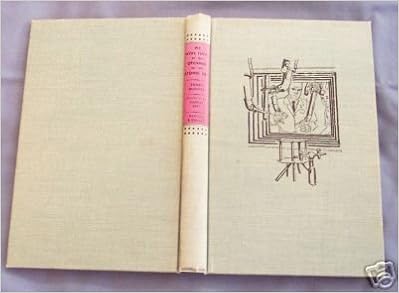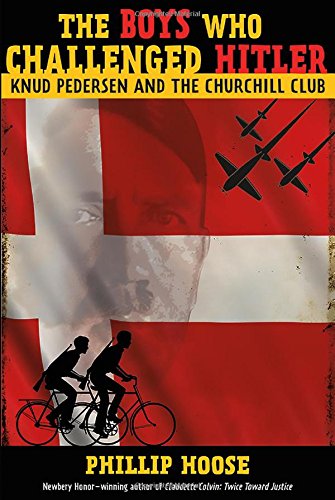
What would lead a person to read an entire book, even a children’s middle grade nonfiction book, that takes the reader inside the life and mind of Adolf Hitler, the arch-villain of the twentieth century? Well, there’s something rather fascinating about trying to understand how Hitler became Hitler, synonymous with the most evil, murderous, racist, anti-Semitic dictator and warmonger ever. William L. Shirer, author of the 1000+ page tome, The Rise and Fall of the Third Reich (for adults), was in a position to study this question and come to some kind of conclusions, if anyone from the Allied side of the war was. As an American correspondent in Berlin, Shirer actually met Hitler, listened to many of his spell-binding speeches, and observed him over the course of several years before and during World War II. The result of Shirer’s observations and his journalist’s eye for character and for a story is this book, written for children in the Landmark history series, but suited to readers of all ages.
Shirer begins his book with eleven year old Adolf, showing an independent streak even at that young age in aspiring to become an artist instead of the civil servant his father wanted him to be. I learned a lot about Hitler that I never knew before from this book, and I was reminded of a few “home truths” along the way. After his art career bombed because the art school wouldn’t let him in, said he had no talent, Herr Hitler became a tramp without a real job for several years, but a very well read tramp. He read and studied all the time while working very little. First lesson: readers may become leaders, but they may also become very bad leaders.
Chapter 7 of the book is called “Hitler Falls in Love,” and it tells a story I never knew or else had forgotten. In this chapter of the book and of Hitler’s life, he falls hard for his half-niece, the daughter of his half-sister. Her name was Gell Raubal, and Hitler declared after her death that she was the only woman he ever truly loved. You can read the story in Shirer’s book and decide for yourself whether or not “loved” is the right word to describe Hitler’s controlling obsession with a girl half his age. (The story of their brief “romance” is tastefully told, appropriate for middle grade and older children who will read the book, but icky nonetheless.)
After this personal interlude, the book moves on to Hitler’s political actions and aspirations and quickly into the war years. As he becomes more and more successful, in politics and in war, and gains more and more power, Hitler becomes more and more deranged. Shirer calls him “beyond any question a dangerous, irresponsible megalomaniac.” And yet (next paragraph) Hitler is able to maintain power, and be “so cool and cunning in his calculations and so bold in carrying them out that few could doubt that he well might be the military genius that he claimed to be.” This lead me to another unpleasant truth: a mentally ill egomaniacal murderer can act in a very lucid and intelligent manner for a long time. It is possible to be cunning, bold, and crazy.
Of course, this book chronicles the rise and fall of Hitler, so the craziness does come to an end. Shirer is to be commended for his ability to tell the story in a way that is appropriate for older children, but also truthful and candid in its presentation of Hitler’s horribly destructive life and actions. The book doesn’t completely explain the quandary of why the German people were so enamored of Herr Hitler or how he was able to fool so many people for so long into believing in his “genius”, but it does document in a very readable and engaging style, the rise and fall of a man who was “a power-drunk tyrant whom absolute power had corrupted absolutely.”
I recommend Shirer’s book for its insight and as a cautionary tale for those who would place their faith in any political leader. Hitler is dead, but it is still quite possible to be fooled by a seemingly lucid and benign leader who is actually a wolf in disguise.
Download a list of the entire Landmark history series in chronological order.







